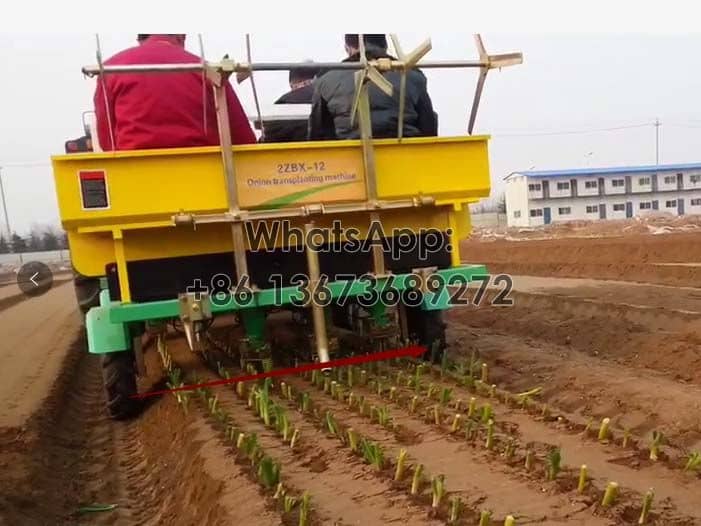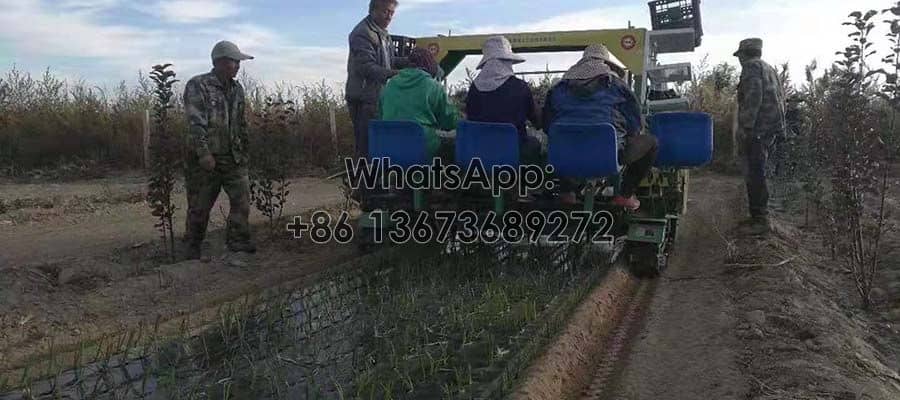Determining the exact timing to transplant vegetable seedlings is critical in the vegetable growing process. Accurate timing of transplanting ensures that vegetable seedlings adapt quickly to the new growing environment, grow smoothly and achieve good yields. Then use the seedling transplanter to carry out seedling planting work.
In this article, we will explore how to accurately determine the timing to transplant vegetable seedlings to help growers make informed decisions and ensure smooth growth and development of vegetable seedlings.
Exact timing to transplant vegetable seedlings
Determining the exact timing to transplant vegetable seedlings is one of the keys to successful planting. Accurate timing of transplanting ensures that vegetable seedlings will quickly adapt and continue to grow healthily in their new environment. To determine the exact timing, refer to below:

- Refer to the planting guide for the vegetable variety for its ideal transplanting time range;
- Observe the growth of the seedlings, including the color of the leaves, firmness of the stems and the development of the root system.
If the vegetable seedlings have a healthy appearance, firm root system and proper size, they are ready to be transplanted.
Pros and cons of early and delayed transplanting
Early transplanting allows vegetable seedlings to receive more light and nutrients over a longer growing period, which helps promote rapid growth and early yields. However, early transplanting may be exposed to risks such as low temperatures, cold damage and unstable field conditions.

Conversely, delayed transplanting can avoid the effects of cold and unfavorable weather and allow vegetable seedlings to better adapt to the outside environment. However, delayed transplanting may result in restricted growth of vegetable seedlings and affect the final yield.
How to determine if a vegetable seedling is ready for transplanting?
- Firstly, observe the growth of the seedlings, including the state of leaf growth and the suitability of the plant height. If the seedlings have healthy, lush foliage and the proper height, they are mature and have the potential to be transplanted.
- Next, check the condition of the root system. A healthy root system should have proper length and branching and be free of obvious disease or damage.
- Finally, conduct a small test transplant to observe how the seedlings adapt in their new environment. If the vegetable seedlings can adapt quickly and maintain normal growth, then use the vegetable seedling transplanter for large-scale transplanting.
